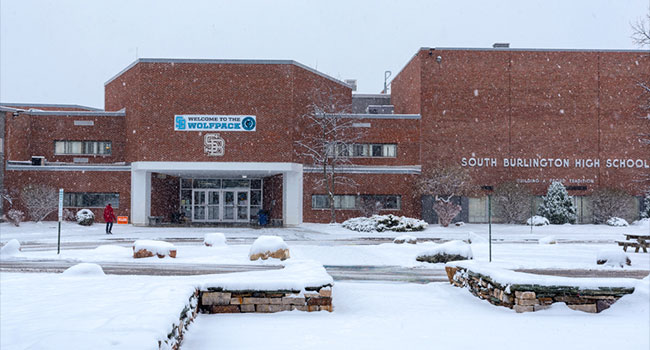
Vermont Schools Receive $1.4 Million In Funding for Safety Improvements
In its second round of school safety funding, the Vermont government gave grants to schools hoping to install public address systems, better locking mechanisms and more.
- By Haley Samsel
- December 18, 2019
Sixty-nine schools across Vermont have been awarded funds to make infrastructure improvements to improve school safety, Gov. Phil Scott announced on Monday.
During the 2019 legislative session, the state legislature approved additional funding for school officials to install new equipment to enhance facility security. About $1.4 million was granted through the program to a total of 150 programs this year.
Priority was given to schools that needed exterior and interior door locking mechanisms and public address systems that enable efficient emergency communications, the governor’s office said in a press release.
“Supporting security improvements in our schools helps ensure all Vermont kids have the safest possible learning environment, and these funds fill gaps left by the first round of grants,” Scott said. “I appreciate the Legislature’s partnership in expanding on our work in this area.”
The new grants bring the state’s investment in school safety infrastructure to $5.5 million. About 308 schools overall have received funding, with $4 million going toward school security in 2018.
In addition to the grant program, the state also spent $1 million on school safety planning and training assistance for administrators. The Vermont School Safety Center recently held several two-day regional planning and training workshops for 184 schools, according to the governor’s office.
“Funding security improvements is just one step in our approach to school safety, and it’s a critical one,” Michael Schirling, the state’s public safety commissioner said in a statement. “Our team is working on not only securing facilities, but educating communities, school administrators, teachers, and students on how to recognize and mitigate threats to students and staff.”
About the Author
Haley Samsel is an Associate Content Editor for the Infrastructure Solutions Group at 1105 Media.